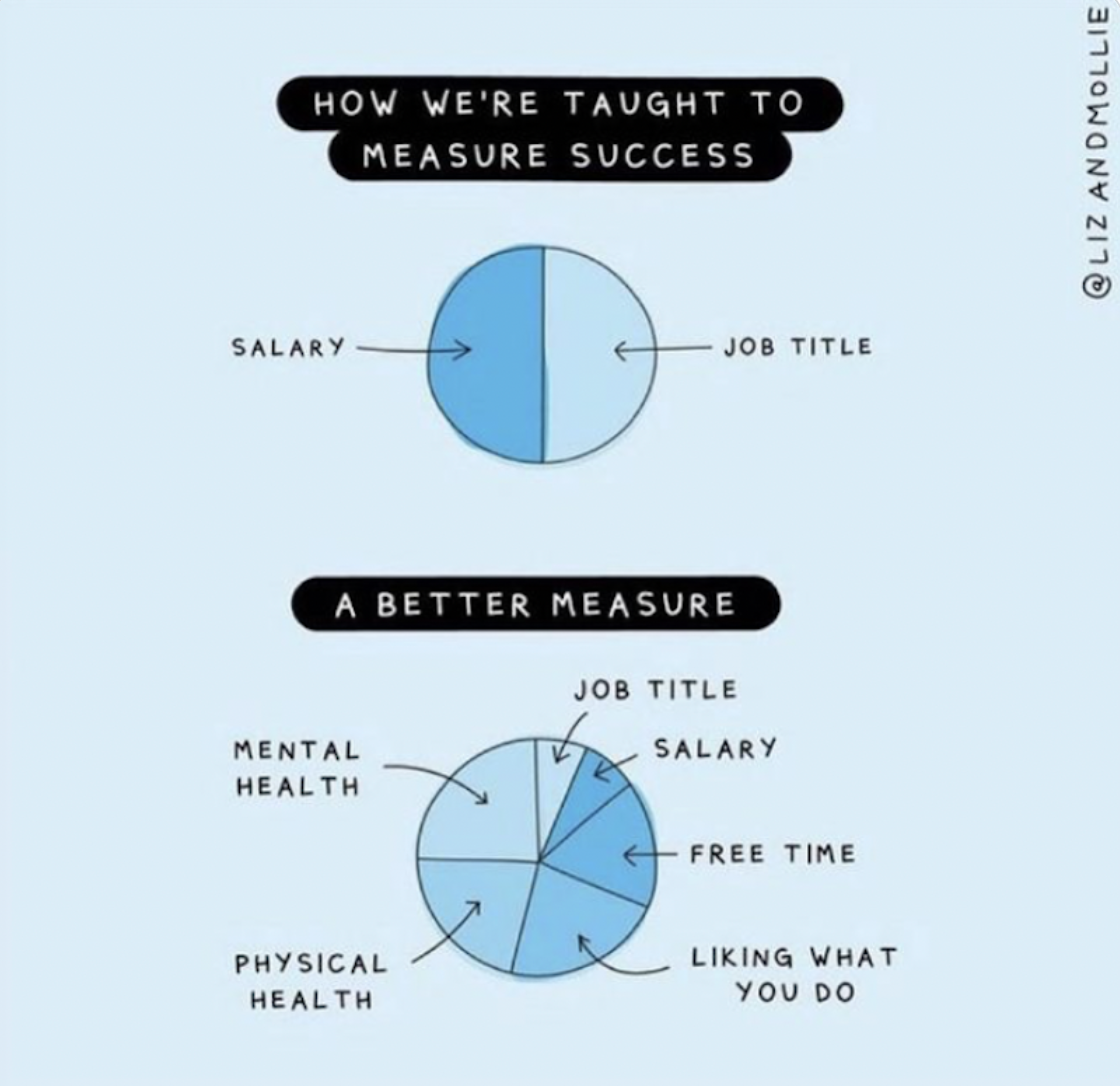A topic we often dive into as a product team is competing initiatives, resources, or stakeholders. We attempt to remedy through prioritization frameworks, gaining further insights, and negotiation. However, some tension, some competition in these realms, is good. Tension keeps your rope taut, able to understand the push and pull of what you are tethered to, keeping you aware of your surroundings and its forces.
If we think about our goals or initiatives in the same way, we can explore the opposing forces pushing or pulling the organization or team in several ways at the same time. Product teams that address just one of the poles in a tension are apt to miss opportunities and fail to deal with threats. Looking for the tension between opposing forces broadens the search for strategic responses and increases the prospects of taking appropriate action.
A few weeks ago we explored polarity through contradictory users. The exercise below broadens our exploration into several different forms of polarity or tension, in terms of short term and long term initiative planning.
STAND-UP EXERCISE
John Cutler wrote a list of prompts for exploring tension as a part of the annual planning process. Distill the list into a handful you believe your team will find most valuable. Add them to a white board or virtual Miro and ask each team member to choose one fill-in-the-blank prompt. Though reticent at first, my team quickly began filling in multiple prompts. Discuss what the team came up with.
And remember, strategic tensions are dynamic - they can change as the strategy is executed or the initiative develops. Revisit these statements to edit or add as needed.









